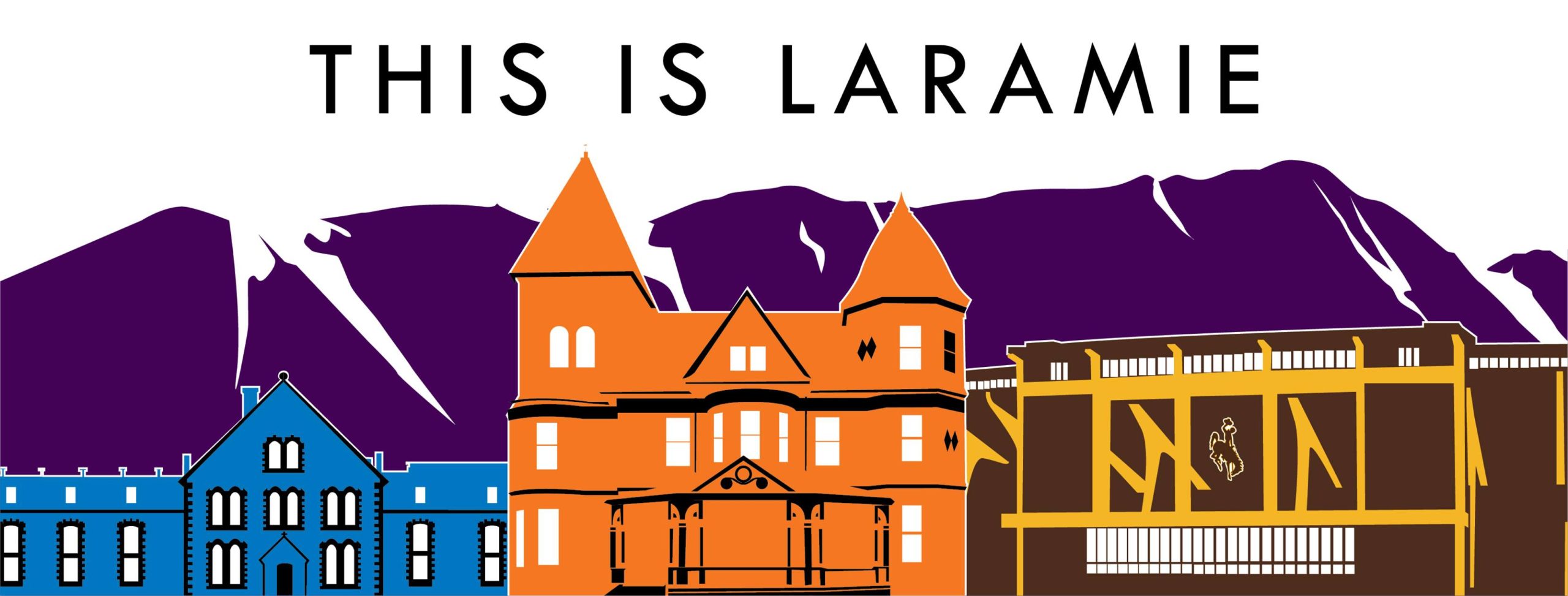The new NSF/University of Wyoming King Air Atmospheric Research Aircraft is set to launch its first mission in summer 2025. In celebration, UW and the Department of Atmospheric Science will host two events during Homecoming Week.
The first event, an open house, will be held on Tuesday, Sept. 24, from 2-4:30 p.m. at the Donald L. Veal Research Flight Center. The public is invited to tour the aircraft and learn about its research capabilities. On Friday, Sept. 27, at 12:30 p.m., a ribbon-cutting ceremony will follow the UW Board of Trustees meeting, with UW administrators and trustees in attendance. The public is also welcome.
Jeff French, head of the UW Department of Atmospheric Science, emphasizes UW’s unique position as the only U.S. university with an airborne research facility of this scale. He highlights the benefits for students, who can gain hands-on experience with airborne instruments and collaborate with UW’s expert scientists.

The NSF/UW King Air 350i aircraft, equipped with cutting-edge technology, replaces the older King Air 200T. The new model features more powerful engines, enhanced avionics, and increased payload capacity. These upgrades allow the aircraft to carry more research instruments or fuel, extending its range and versatility. Its flexibility enables a broader range of atmospheric research, including cloud physics, aerosols, and atmospheric chemistry.
The aircraft’s construction and modifications totaled $13.4 million, with $8.9 million funded by NSF through a Mid-scale Research Infrastructure Award. UW contributed $4.5 million to the project. Additionally, the cooperative agreement between NSF and UW provides nearly $3 million annually to maintain the aircraft, funding pilots, mechanics, and research staff.

The first research project, slated for 2025 in Salt Lake City, will focus on ozone formation in the Salt Lake Valley. This study will involve scientists from multiple universities, marking the beginning of the King Air’s expanded research capabilities.
With its enhanced design, the NSF/UW King Air is poised to advance atmospheric science while offering unique research opportunities for both students and scientists.
